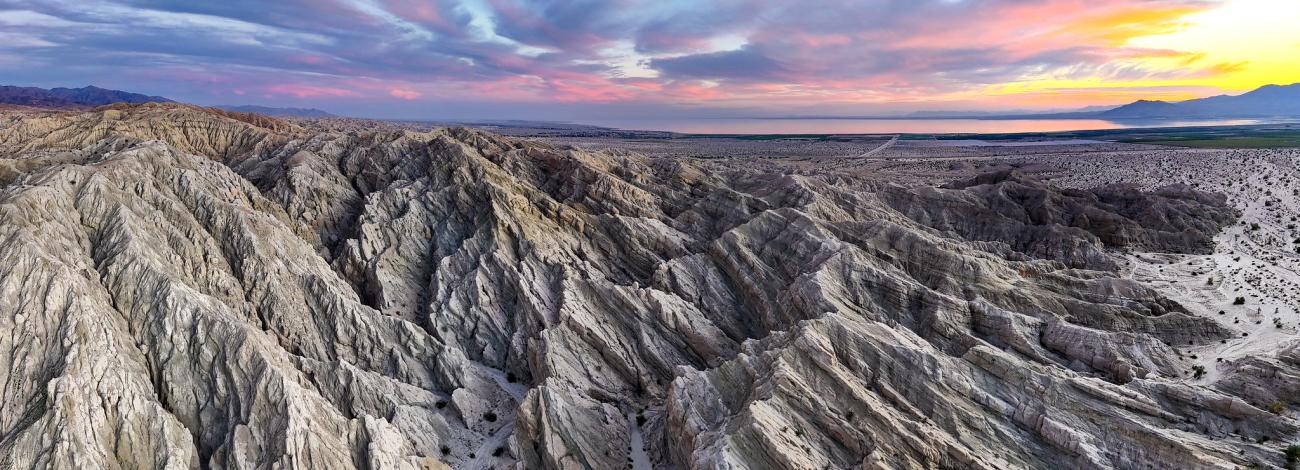
Chuckwalla National Monument
Established in 2025 by Presidential Proclamation through the Antiquities Act, Chuckwalla National Monument preserves diverse array of natural and scientific resources, ensuring that the cultural, prehistoric, historic, and scientific values of this area endure for the benefit of all Americans.
Of the nearly 740,000 acres within the boundaries of the Chuckwalla National Monument, approximately 624,270 acres are public lands managed by the Bureau of Land Management in Riverside and Imperial counties. The monument spans across the transitional zone where the Sonoran and Mojave Deserts come together, offering stunning landscapes, rich biodiversity, and unique geological features. The Monument contains habitat across the unique and remarkable desert landscape, providing critical landscape connectivity and critical habitat for several threatened and endangered species such as the Agassiz’s desert tortoise and the desert pupfish.
The lands within the Monument have, and continue to be, home to the Iviatim (Cahuilla), Nüwü (Chemehuevi), Pipa Aha Macav (Mojave), Kwatsáan (Quechan), and Maara’yam and Marringayam (Serrano), and other Indigenous peoples and include sacred trails, sacred sites and objects, traditional cultural places, geoglyphs, petroglyphs, pictographs, and culturally important plants and wildlife.
This monument weaves together several special designations critical landscapes within the boundary including California Desert National Conservation Lands, nine Areas of Critical Environmental Concerns and five Wilderness areas including Mecca Hills, Orocopia Mountains, Chuckwalla Mountains, Little Chuckwalla Mountains, Palo Verde Mountains, and Milipitas Wash.
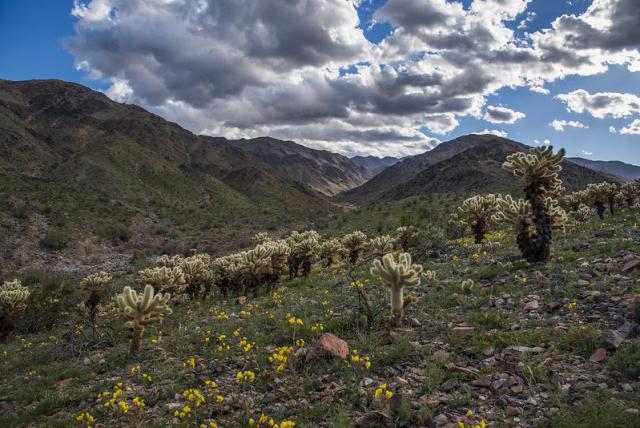
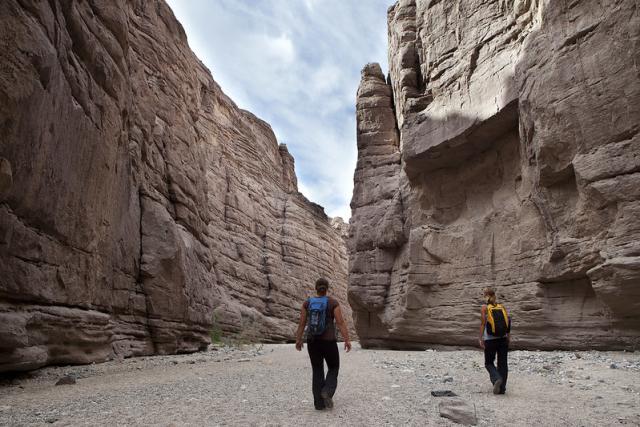
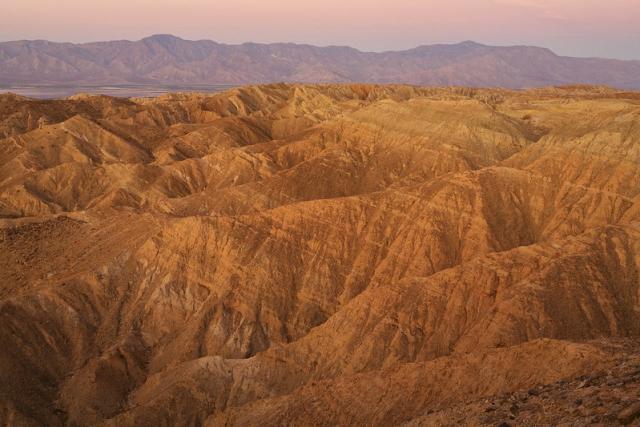
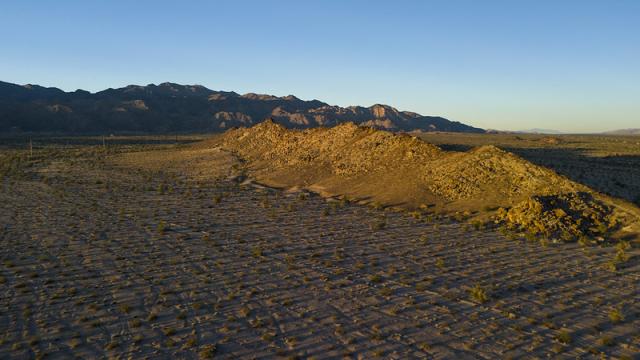
-
Tribal Nations
-
The lands in the National Monument include the homelands of the Iviatim (Cahuilla), Nüwü (Chemehuevi), Pipa Aha Macav (Mojave), Kwatsáan (Quechan), and Maara’yam and Marringayam (Serrano), and other Indigenous peoples. This is a living landscape with interconnected cultural, natural, and spiritual significance that continues to sustain the well-being and survival of Indigenous peoples today. The Chuckwalla National Monument helps protect important cultural values tied to the land such as trail systems established by Indigenous peoples, sacred sites and objects, traditional cultural places, geoglyphs, petroglyphs, pictographs, and native plants, and wildlife. The Proclamation honors these important relationships by directing the Secretary to meaningfully engage with Tribal Nations in the relations, including by seeking opportunities for co-stewardship of the monument.
-
Recreation
-
Venture into the heart of Chuckwalla National Monument where you can experience diverse wildlife, view rare flora, and catch a glimpse into the natural beauty and geological history of the region. The Monument supports a variety of recreational opportunities including rockhounding, hiking, camping, backpacking, sightseeing, mountain biking, and more. With a variety of trails ranging from easy strolls to challenging hikes, there's something for everyone. Check out the Painted Canyon Trail in the Mecca Wilderness area, explore the open valleys, ridges and highly colorful and dramatically eroded canyons of the Bradshaw Trail in the Orocopia Mountains Wilderness, camp at the Corn Springs Campground in the Chuckwalla Mountains Wilderness Area, or venture in the rugged mountains of the Little Chuckwalla Mountains Wilderness Area.
Leave No Trace principles:
-
Regulations
